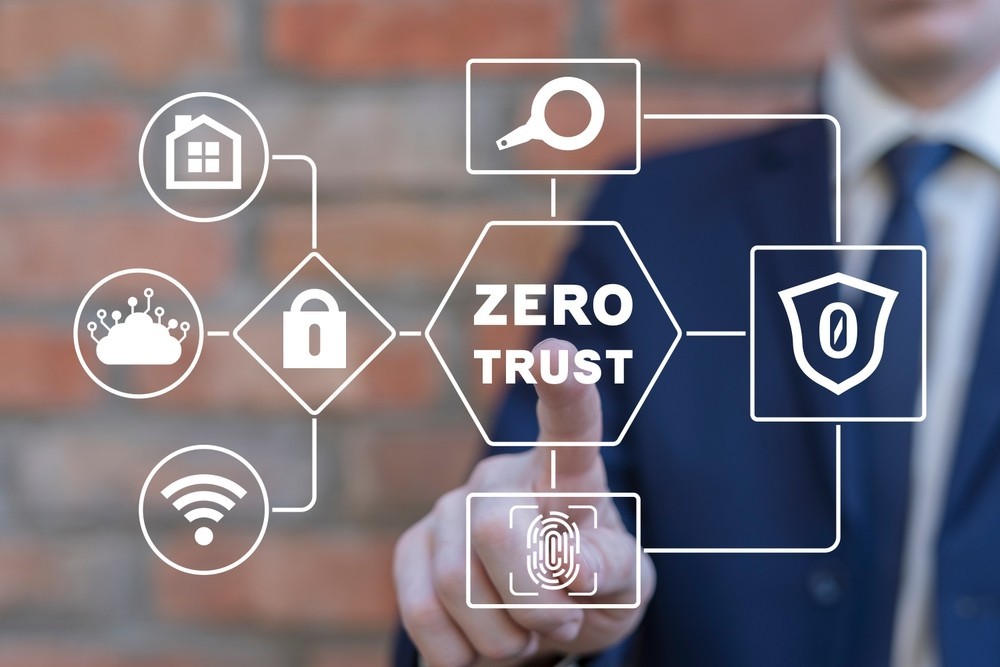Letting loose the Power of Corporate Security: A Comprehensive Overview
Wiki Article
From Cybersecurity to Physical Steps: Strengthening Business Safety in a Changing Globe
In today's rapidly advancing digital landscape, the relevance of corporate protection can not be overstated. As cyber dangers become widespread and increasingly innovative, organizations should go past traditional cybersecurity procedures to safeguard their operations and possessions - corporate security. This is where the integration of physical security measures becomes important. By combining the strengths of both cybersecurity and physical safety, firms can create an extensive protection approach that addresses the diverse variety of hazards they face. In this discussion, we will certainly explore the changing risk landscape, the requirement to integrate cybersecurity and physical security, the application of multi-factor authentication measures, the importance of employee understanding and training, and the adjustment of safety and security actions for remote labor forces. By checking out these crucial locations, we will certainly acquire beneficial insights into how organizations can reinforce their business safety and security in an ever-changing globe.Understanding the Changing Risk Landscape
The developing nature of the modern globe necessitates a detailed understanding of the transforming danger landscape for efficient corporate safety and security. In today's interconnected and digital age, hazards to business security have actually ended up being more complex and innovative. As modern technology breakthroughs and businesses come to be significantly dependent on electronic facilities, the potential for cyberattacks, information breaches, and various other safety and security violations has considerably enhanced. It is essential for organizations to stay informed and adjust their security determines to address these advancing dangers.One secret element of comprehending the changing threat landscape is recognizing the different kinds of hazards that companies deal with. Furthermore, physical risks such as theft, vandalism, and corporate reconnaissance continue to be common worries for companies.
Monitoring and evaluating the hazard landscape is necessary in order to recognize prospective risks and vulnerabilities. This entails staying updated on the most up to date cybersecurity fads, examining risk intelligence records, and carrying out regular threat evaluations. By understanding the changing danger landscape, organizations can proactively implement ideal protection procedures to mitigate threats and safeguard their assets, online reputation, and stakeholders.
Integrating Cybersecurity and Physical Safety
Integrating cybersecurity and physical safety is important for comprehensive business protection in today's interconnected and electronic landscape. As companies progressively depend on innovation and interconnected systems, the borders in between physical and cyber risks are coming to be blurred. To properly safeguard against these dangers, a holistic technique that combines both cybersecurity and physical safety measures is necessary.Cybersecurity concentrates on securing electronic assets, such as information, systems, and networks, from unapproved access, interruption, and burglary. Physical security, on the other hand, includes actions to protect physical possessions, individuals, and centers from threats and vulnerabilities. By incorporating these two domains, organizations can attend to susceptabilities and threats from both physical and digital angles, thus improving their total security posture.
The integration of these two disciplines enables a much more detailed understanding of protection threats and makes it possible for a unified feedback to incidents. Physical gain access to controls can be boosted by incorporating them with cybersecurity protocols, such as two-factor authentication or biometric recognition. Similarly, cybersecurity measures can be enhanced by physical security actions, such as security electronic cameras, alarm systems, and safe gain access to points.

Implementing Multi-Factor Authentication Procedures
As organizations progressively focus on comprehensive safety actions, one effective technique is the execution of multi-factor authentication steps. Multi-factor verification (MFA) is a security technique that needs customers to provide several types of recognition to access a system or application. This strategy adds an additional layer of security by incorporating something the customer understands, such as a password, with something they have, like a fingerprint or a safety and security token.By applying MFA, companies can significantly enhance their safety pose - corporate security. Typical password-based verification has its constraints, as passwords can be easily compromised or forgotten. MFA reduces these risks by adding an additional authentication factor, making it much more challenging for unauthorized individuals to gain accessibility to sensitive details
There are numerous sorts of multi-factor authentication techniques readily available, consisting of biometric verification, SMS-based confirmation codes, and equipment tokens. Organizations need to assess their specific needs and pick one of the most proper MFA option for their requirements.
However, the implementation of MFA should be meticulously intended and carried out. It is vital to strike a balance between security and use to stop individual page aggravation and resistance. Organizations ought to additionally think about potential compatibility concerns and supply sufficient training and assistance to make certain a smooth shift.
Enhancing Employee Understanding and Training
To enhance company safety, organizations have to prioritize boosting staff member recognition and training. In today's rapidly progressing threat landscape, employees play a vital duty in guarding a company's delicate information and possessions. Sadly, several security violations occur because of human error or lack of recognition. Therefore, organizations require to spend in extensive training programs to enlighten their employees regarding possible threats and the finest techniques for mitigating them.Reliable staff member awareness and training programs ought to cover a large variety of subjects, consisting of information security, phishing assaults, social design, password health, and physical safety actions. These programs must be customized to the specific demands and obligations of various worker duties within the company. Regular training sessions, workshops, and simulations can assist workers establish the essential skills and understanding to respond and determine to safety dangers successfully.
Furthermore, organizations should urge a culture of safety and security understanding and provide recurring updates and pointers to keep staff members notified concerning the current dangers and reduction methods. This can be done through interior communication channels, such as e-newsletters, intranet portals, and e-mail campaigns. By fostering a security-conscious workforce, companies can considerably lower the probability of safety and security events and protect their useful assets from unapproved gain access to or concession.

Adapting Safety Actions for Remote Labor Force
Adjusting company security steps to suit a remote workforce is necessary in ensuring the defense of sensitive information and possessions (corporate security). With the boosting fad of remote work, companies have to implement appropriate safety and security procedures to mitigate the risks connected with this new way of functioningOne vital aspect of adjusting security measures for remote job is establishing secure communication channels. Encrypted messaging systems and virtual private networks (VPNs) can assist protect sensitive information and avoid unapproved gain access to. Furthermore, organizations ought to enforce the use of solid passwords and multi-factor authentication to enhance the safety and security of remote gain access to.
Another important factor to consider is the execution of safe and secure remote accessibility options. This includes providing staff members with safe and secure access to corporate sources and information through digital desktop computer infrastructure (VDI), remote desktop computer procedures (RDP), or cloud-based services. These technologies make certain that delicate go to my blog information continues to be secured while enabling staff members to perform their duties successfully.

Last but not least, thorough security understanding training is vital for remote staff members. Training sessions should cover finest methods for safely accessing and taking care of delicate information, identifying and reporting phishing attempts, and maintaining the overall cybersecurity hygiene.
Verdict
In final thought, as the threat landscape proceeds to progress, it is important for organizations to enhance their security gauges both in visit here the cyber and physical domains. Integrating cybersecurity and physical protection, executing multi-factor authentication actions, and improving employee understanding and training are vital actions in the direction of achieving durable corporate protection.In this discussion, we will certainly check out the transforming risk landscape, the need to incorporate cybersecurity and physical security, the application of multi-factor authentication procedures, the importance of worker awareness and training, and the adaptation of security steps for remote labor forces. Cybersecurity steps can be enhanced by physical security procedures, such as surveillance video cameras, alarm systems, and secure gain access to factors.
As organizations significantly prioritize extensive protection steps, one efficient strategy is the implementation of multi-factor verification actions.In conclusion, as the danger landscape proceeds to develop, it is crucial for companies to enhance their protection measures both in the cyber and physical domains. Incorporating cybersecurity and physical security, carrying out multi-factor verification actions, and enhancing worker understanding and training are crucial steps towards achieving robust business safety.
Report this wiki page